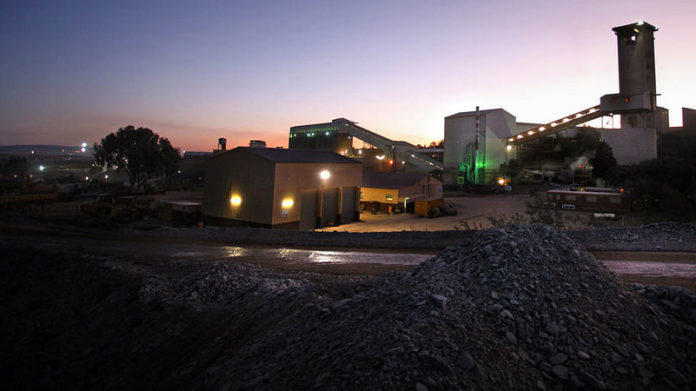
THE South African gold assets of Sibanye-Stillwater are set to make a welcome return contribution to the group’s bottom line in the six months ended June and with the promise of more to come on the evidence of the recently elevated dollar gold price.
The company said in a trading update today its gold operations had started to build up mining levels following a five-month strike which was concluded in April. Second quarter gold production totalled 155,956 ounces, a 46% increase over the first quarter.
Production from the gold mines was expected to normalise from August. Production guidance of between 514,000 to 546,000 oz was today provided for the second half of the year. This excludes gold from Sibanye-Stillwater’s 49% stake in DRDGold.
As a result of the planned production build-up, all-in sustaining costs (AISC) for the second half of the financial year of between R590,000/kg and R630,000/kg is forecast, significantly lower than AISC of approximately R963,200/kg for the first half of the financial year.
The production ramp up comes amid record highs for the rand gold price which is at R726,725 per kilogram following a slide in the rand and increase in the dollar price to $1,497/oz, an increase of about $214/oz or 17% year-to-date.
Despite the contribution from gold, Sibanye-Stillwater’s figures were likely to be “noisy”, said RBC Capital Markets. “Given the large amount of corporate activity in H1 we expect interim financial results later this month to be noisy and impacted by a number of one-offs,” it said, partly in reference to the incorporation of Lonmin, which Sibanye-Stillwater is calling the Marikana assets.
Sibanye-Stillwater also said there would be a return to form for its US palladium and platinum operation, Stillwater Mining. Following a poor performance in the first quarter, the mine will turn out PGM production 18% higher at 153,874 oz and a 13% lower AISC.
The US PGM production improvement was down to the commissioning of a second electric furnace which led to delivery of record throughput of mined and recycled material from the Columbus Metallurgical Complex.
Excluding the Lonmin assets following its takeover by Sibanye-Stillwater in the second quarter, South African PGM production was 8% higher at 283,526 oz, taking AISC 2% lower.
The company was on track to meet the upper end of PGM guidance from its South African mines for the year (again excluding Marikana) of between one million to 1.1 million oz and within annual AISC guidance of R12,500 to R13,200 for 4E oz. The second half of the calendar year was seasonally stronger for South African PGM production, the group said.
Sibanye-Stillwater is scheduled to publish its financial numbers for the half year on August 29 when it will also include the contribution of Marikana to its PGM operations, but only for the month of June. The acquisition was approved in April.
Said RBC Capital Markets: “We await updated guidance on [impact of Marikana shafts] and maintain our view that it could be more challenging for the group to repeat the successes of its Western Limb roll-up of both Aquarius Platinum and Rustenburg with these assets”.










